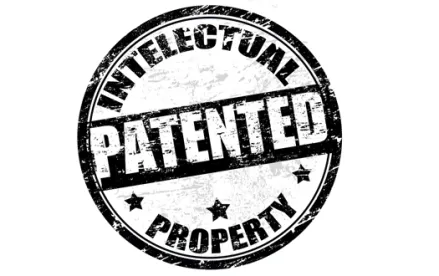Finding that inherency can be used to show the presence of a missing claim limitation, the US Court of Appeals for the Federal Circuit affirmed a district court decision that asserted claims in pain management method patents were invalid as obvious. Persion Pharmaceuticals LLC v. Alvogen Malta Operations Ltd., Case No. 18-2361 (Fed. Cir., Dec. 27, 2019) (Reyna, J.).
Persion has US Food and Drug Administration (FDA) approval for its extended release hydrocodone product, Zohydro ER, and also owns two patents directed to methods of treating pain with extended release hydrocodone in patients with mild to moderate hepatic impairment. Persion sued Alvogen for infringement of certain claims in these two patents after Alvogen filed an Abbreviated New Drug Application (ANDA) requesting approval from the FDA to market a generic version of Zohydro ER. The asserted claims include: (i) non-adjustment claims directed to administering a dose of hydrocodone to patients with mild to moderate hepatic impairment without adjusting the dose relative to a healthy liver patient, and (ii) pharmacokinetic claims directed to pharmacokinetic parameters achieved after treatment with hydrocodone.
The district court found that Alvogen’s generic drug would indirectly infringe the asserted claims, but that the claims were invalid as obvious over the prior art. The district court also found that the pharmacokinetic properties recited in certain claims were obvious due to the fact that they are necessarily present in the formulations claimed and were therefore inherent. Precision appealed.
The Federal Circuit affirmed the district court’s finding that the non-adjustment claims were obvious based on the Devane and Jain publications. The Devane reference is directed to the controlled release of one or more active ingredients, which can include hydrocodone and the Zohydro ER formulation. The Jain prior art is directed to a method of treating pain using extended release formulations of hydrocodone combined with acetaminophen. The Jain reference also disclosed results of a study that show that hydrocodone pharmacokinetic parameters are similar in patients with both liver insufficiency and healthy livers. The Court found there was no clear error in the district court finding that these two references, as well as the labels for immediate release hydrocodone and acetaminophen, rendered the asserted non-adjustment claims invalid.
The Federal Circuit also affirmed the district court’s decision that the pharmacokinetic parameters recited in the pharmacokinetic claims were inherent, and, therefore, these claims obvious in view of the prior art. The Court reiterated that inherency can supply a missing limitation in an obviousness analysis. Specifically in this case, the pharmacokinetic parameters indicating the levels of hydrocodone in patients after administration were properties of these formulations that were necessarily present. The Court also confirmed that inherency can provide a missing claim limitation in an obviousness analysis made up of a combination of prior art references, and not just a single prior art reference.



 />i
/>i
